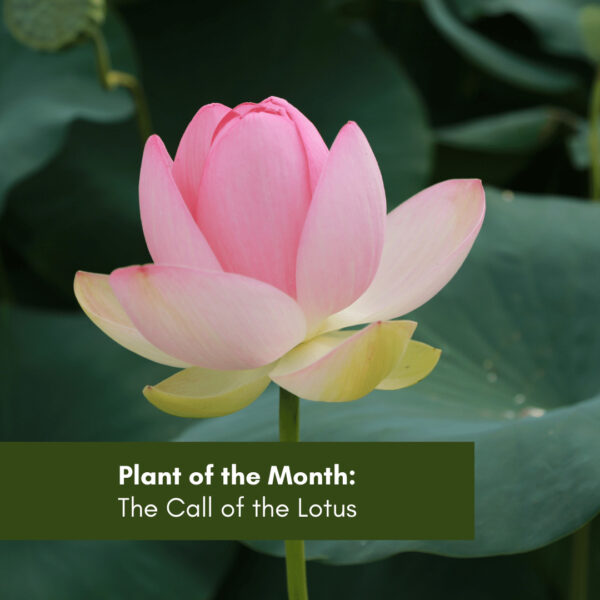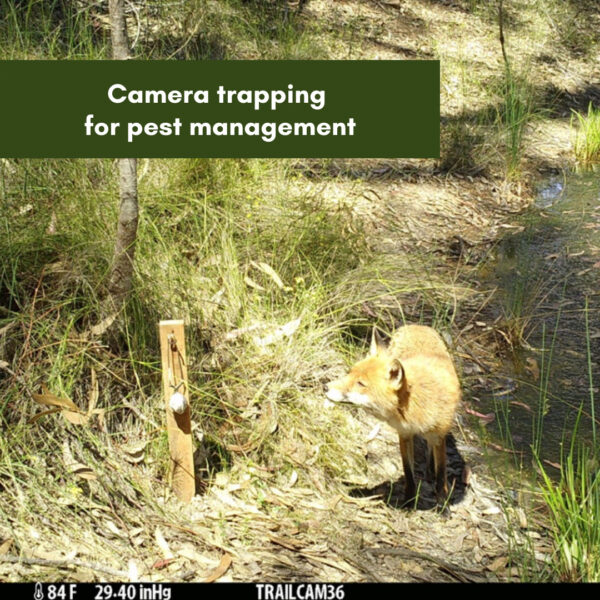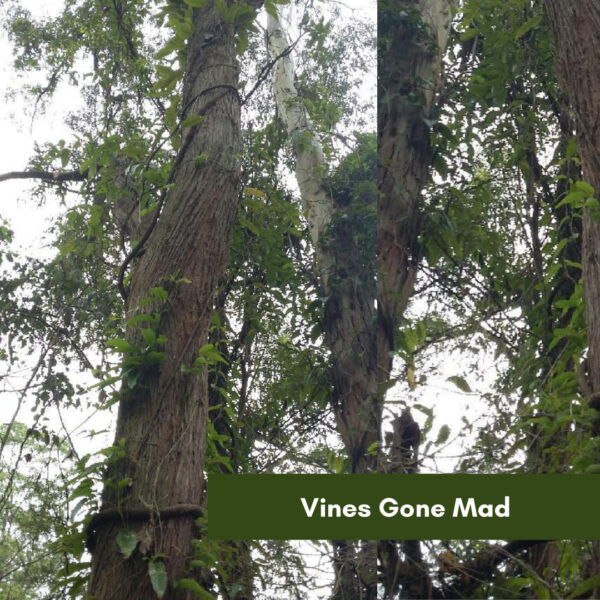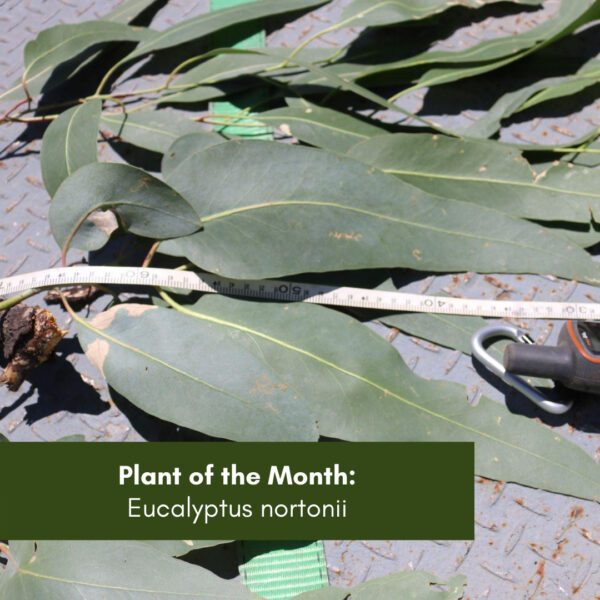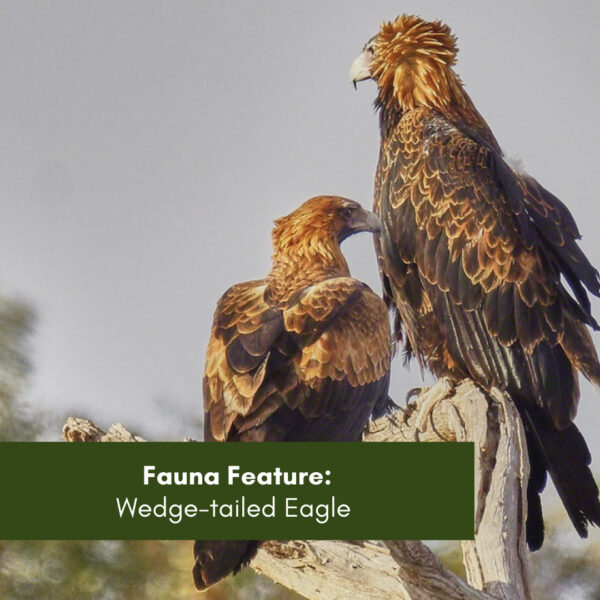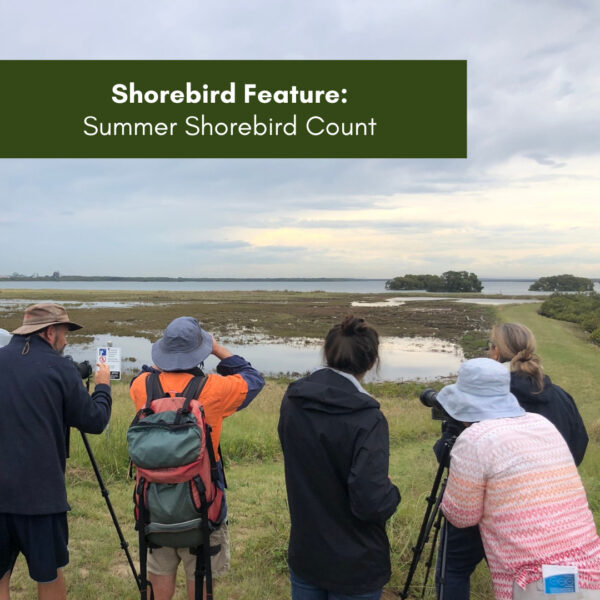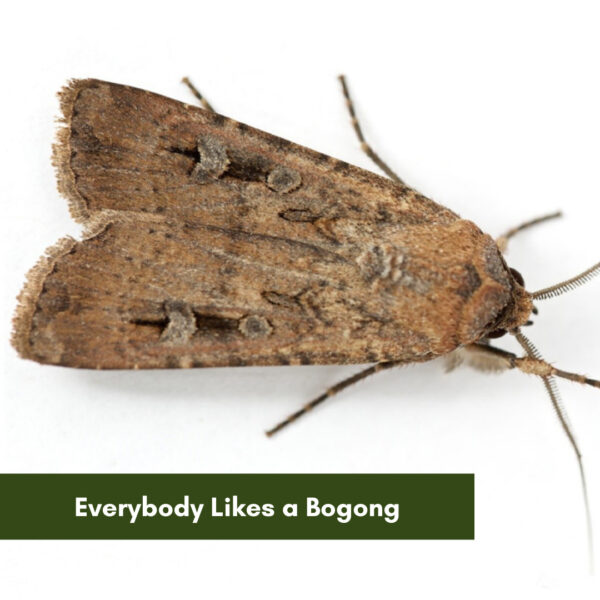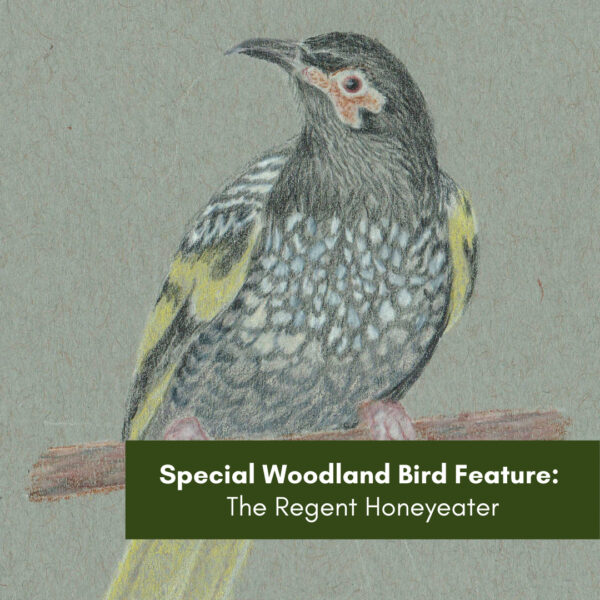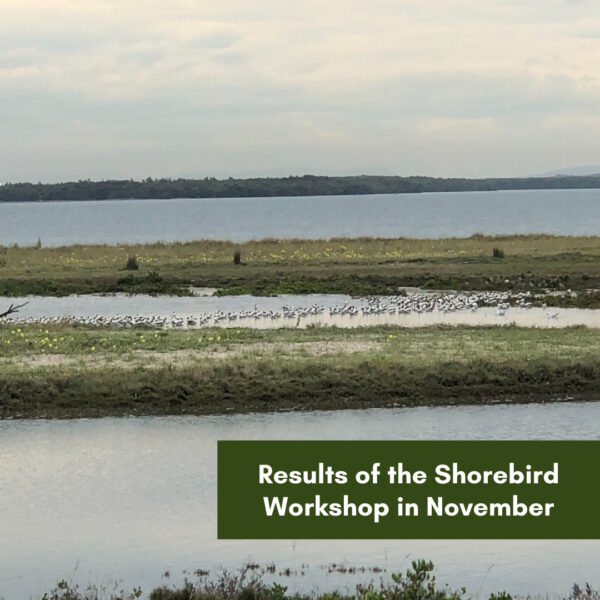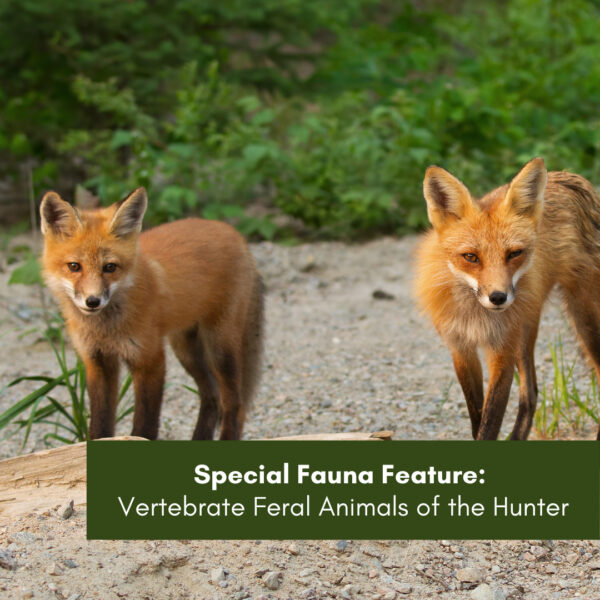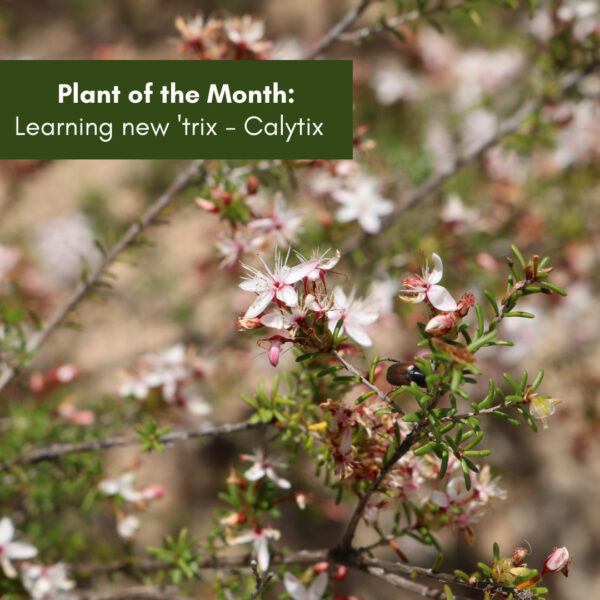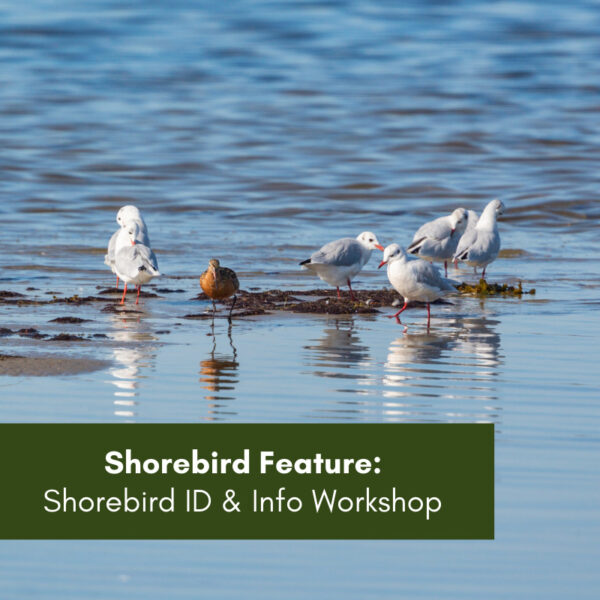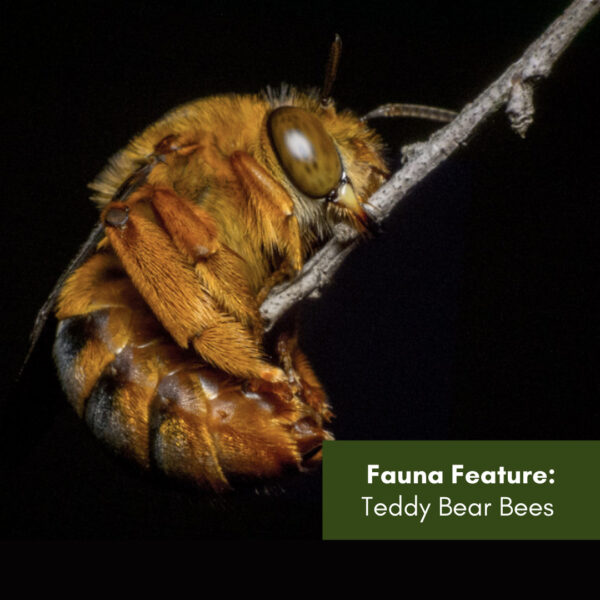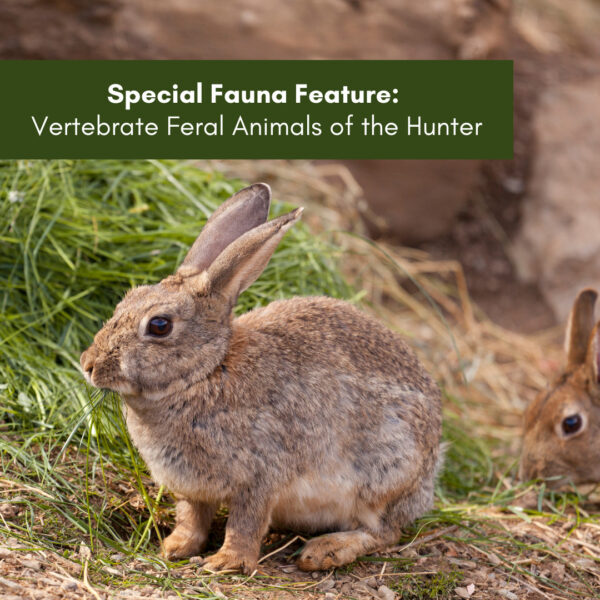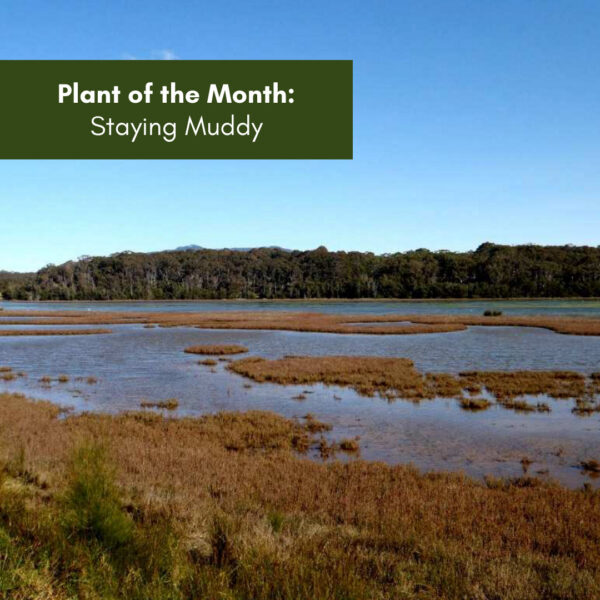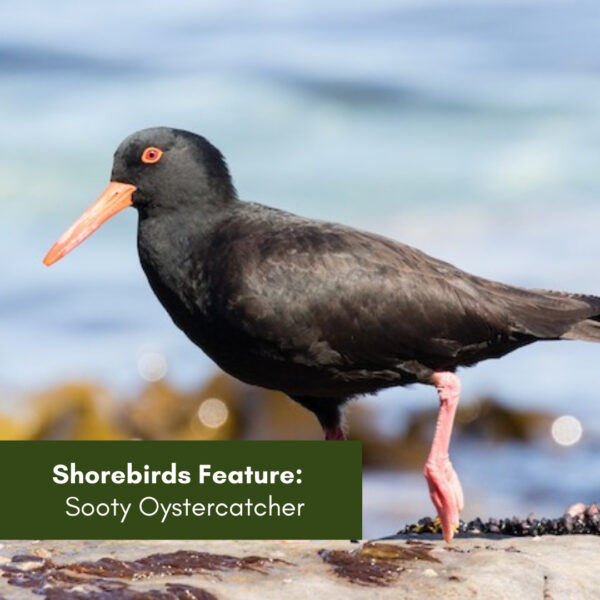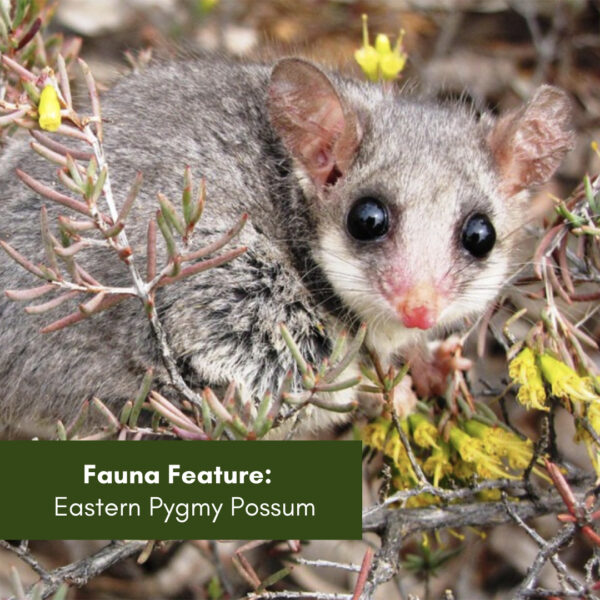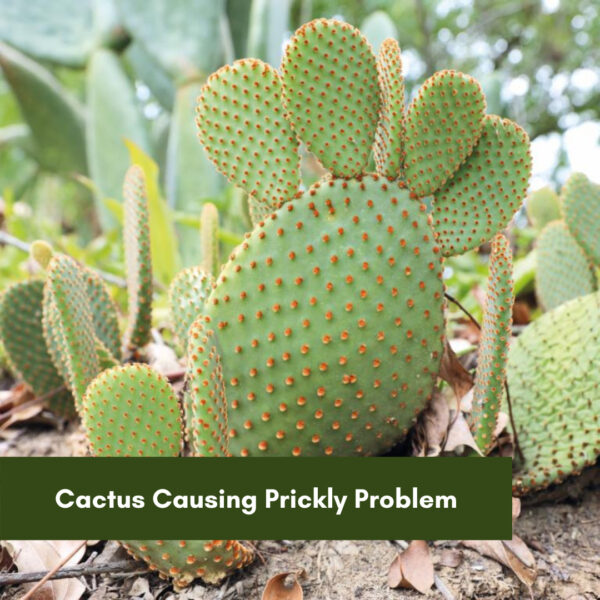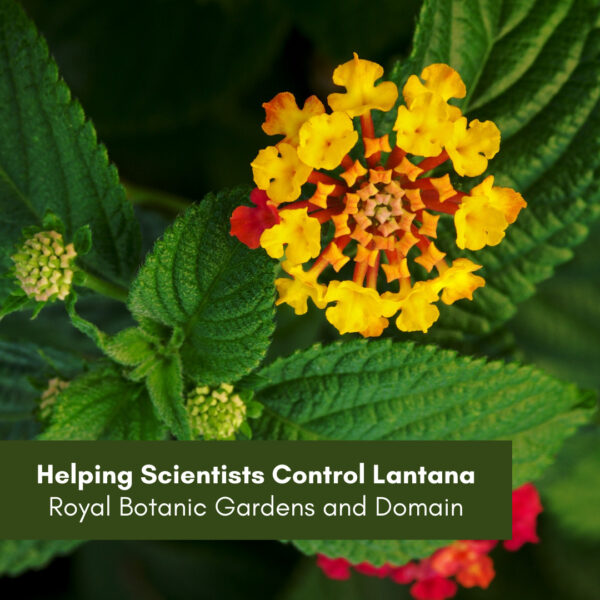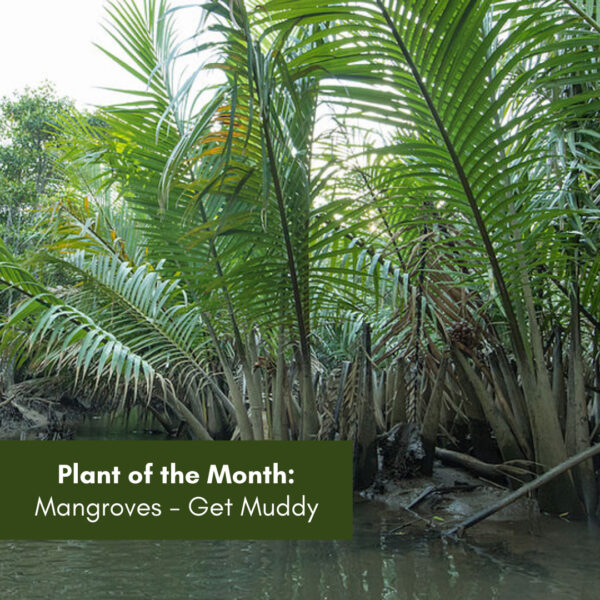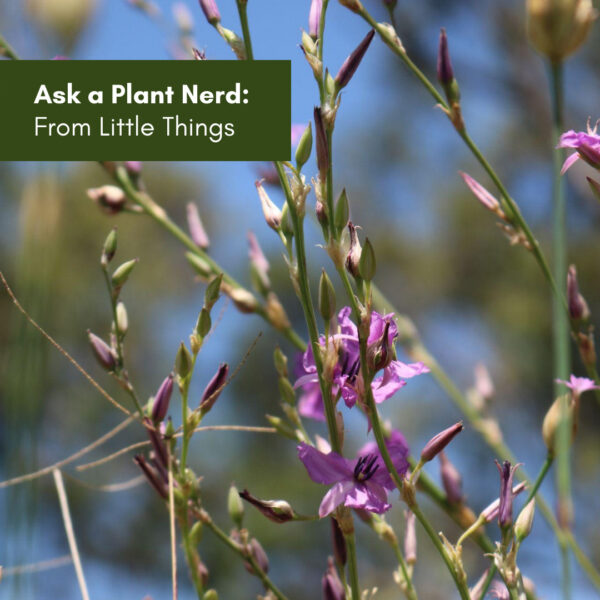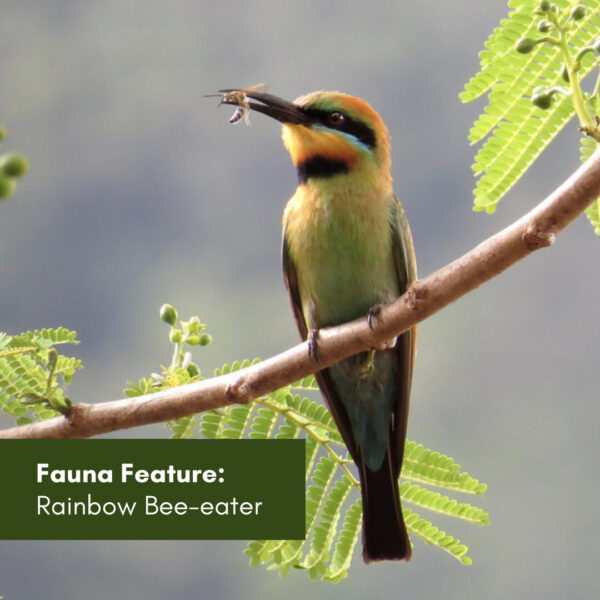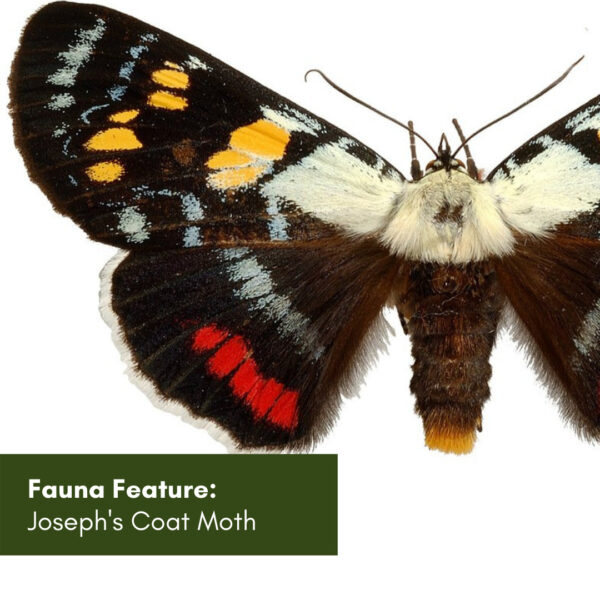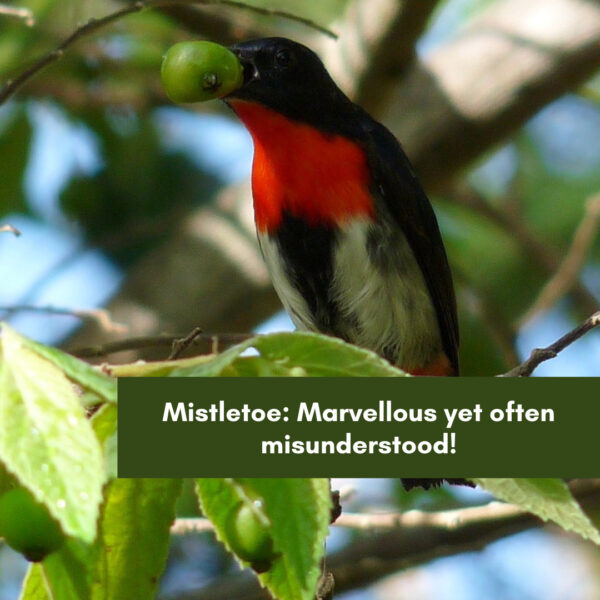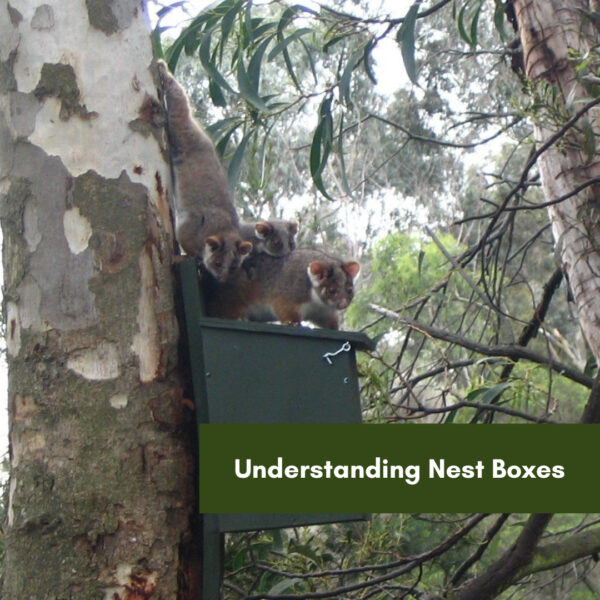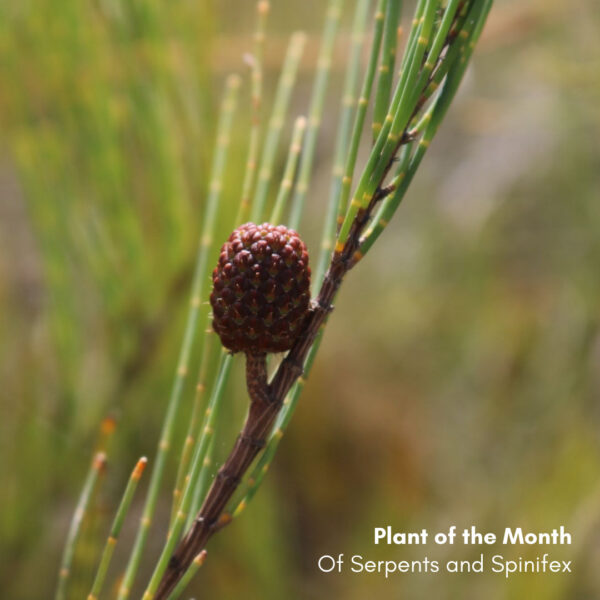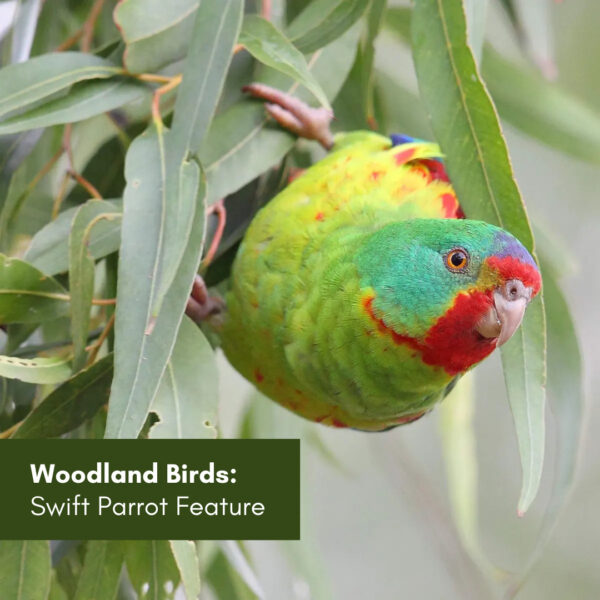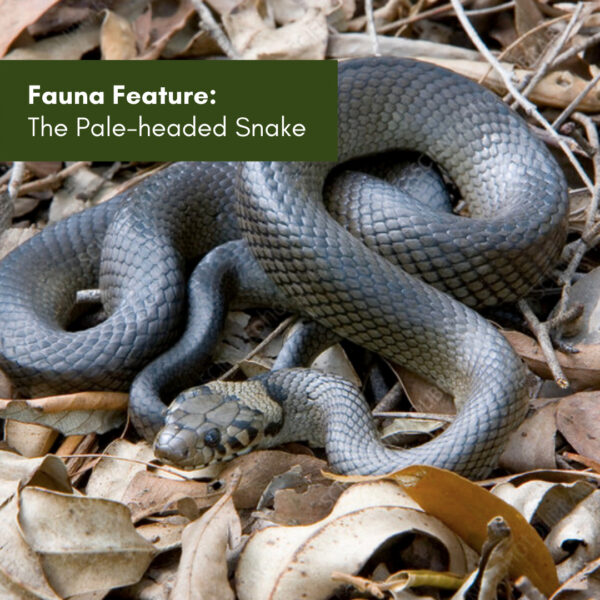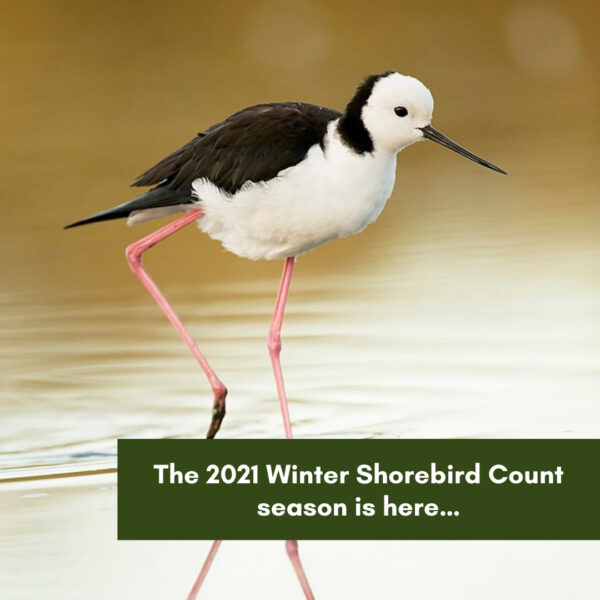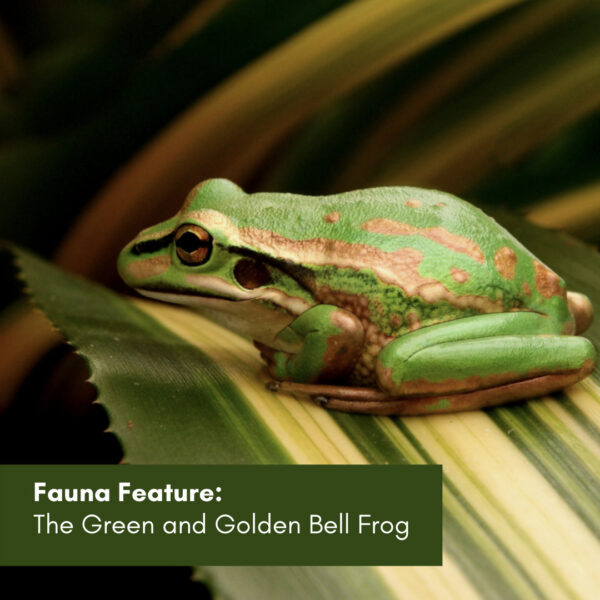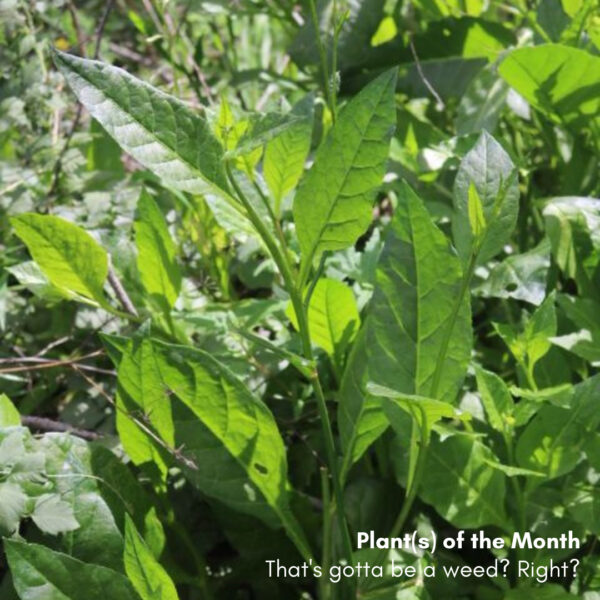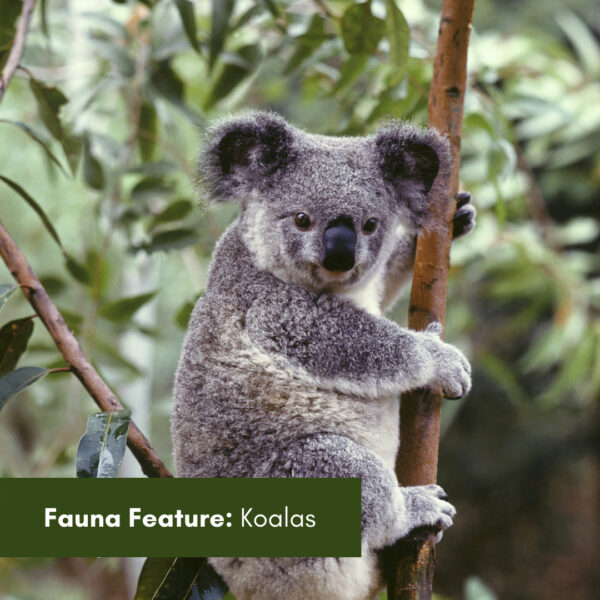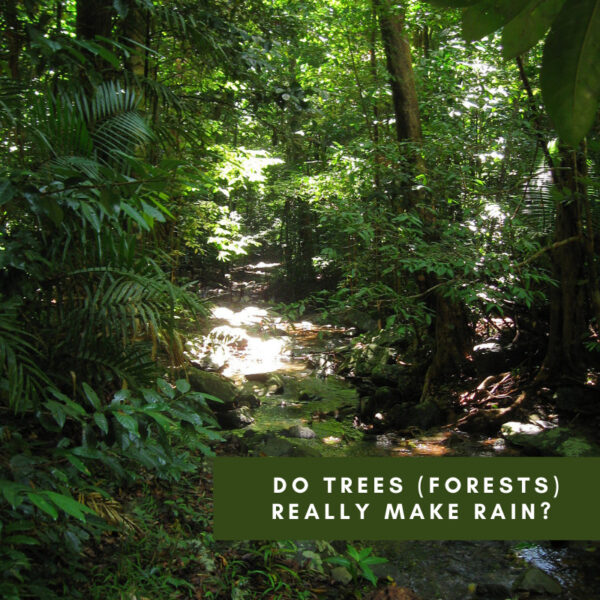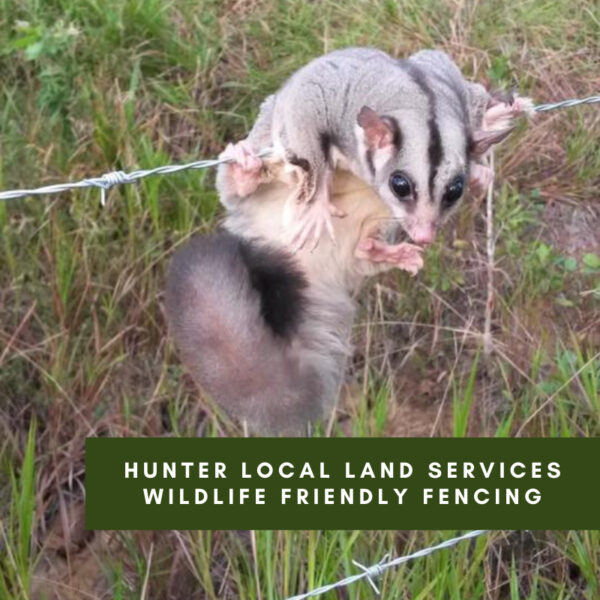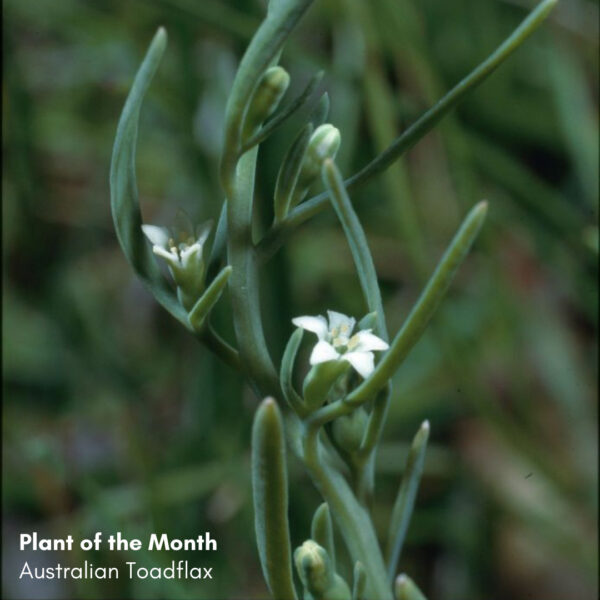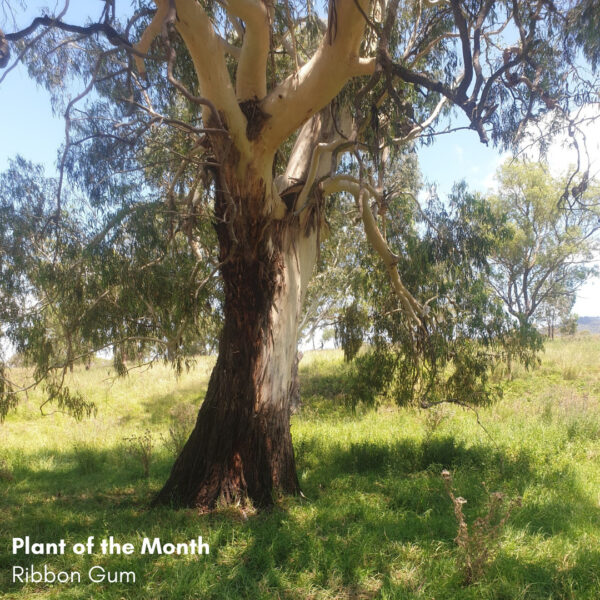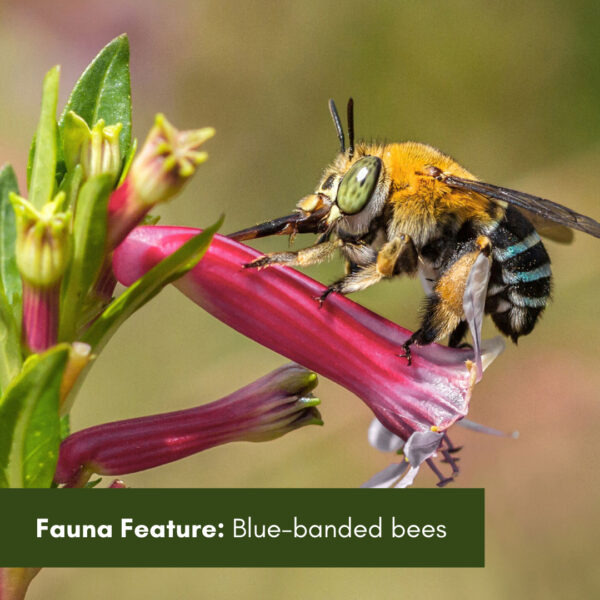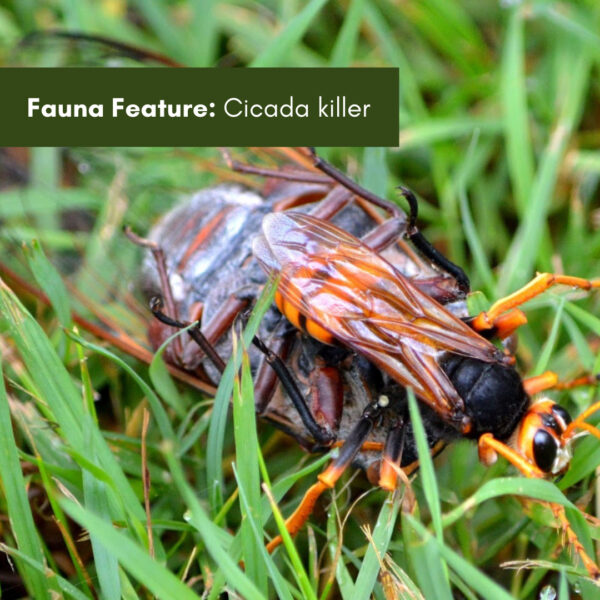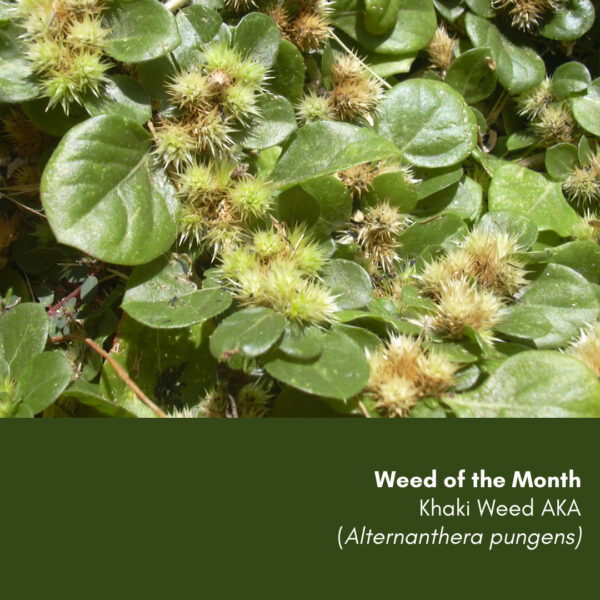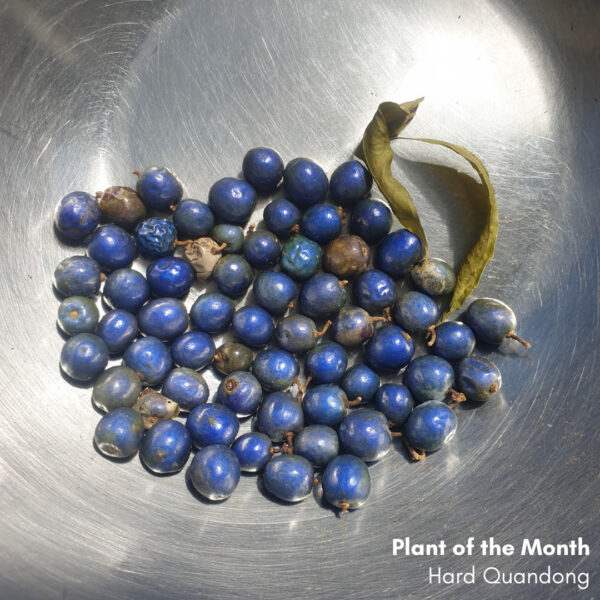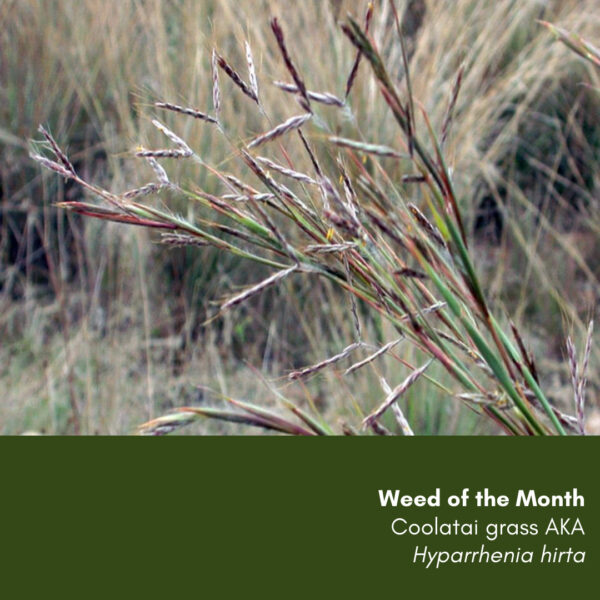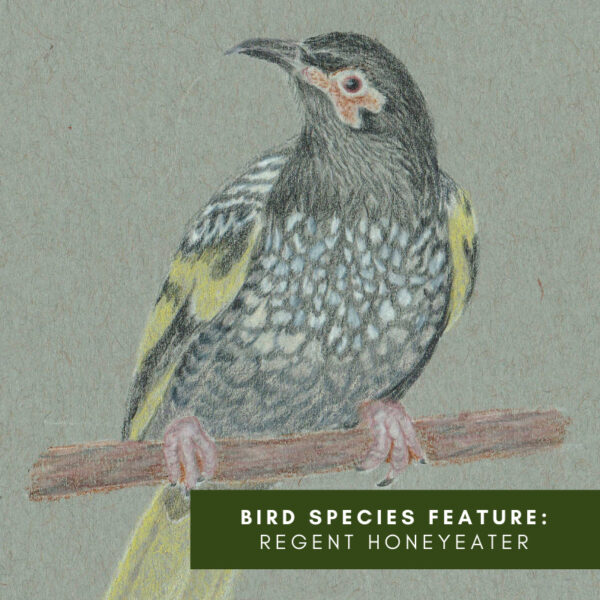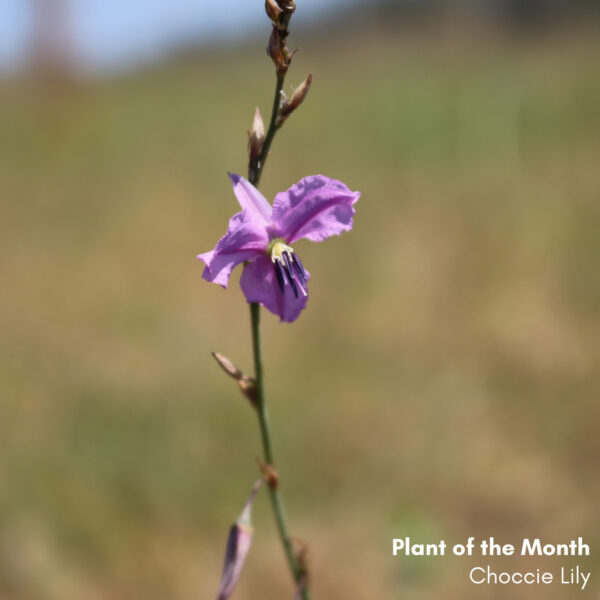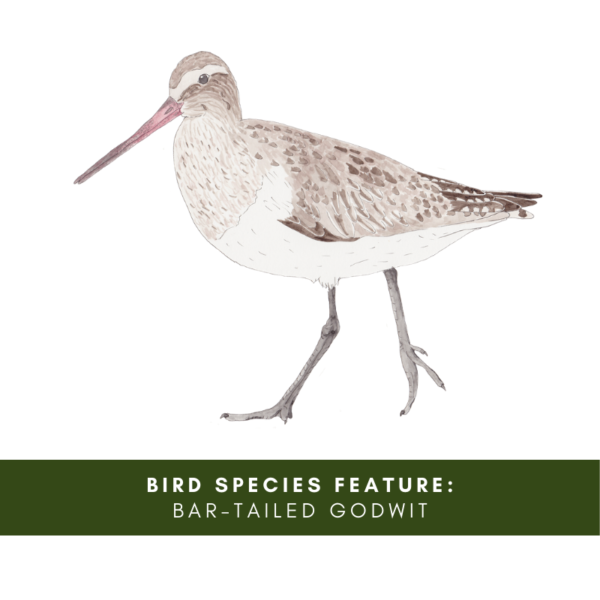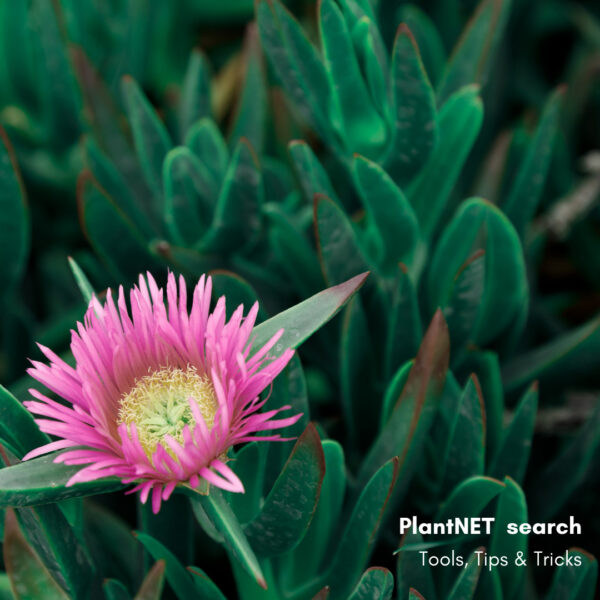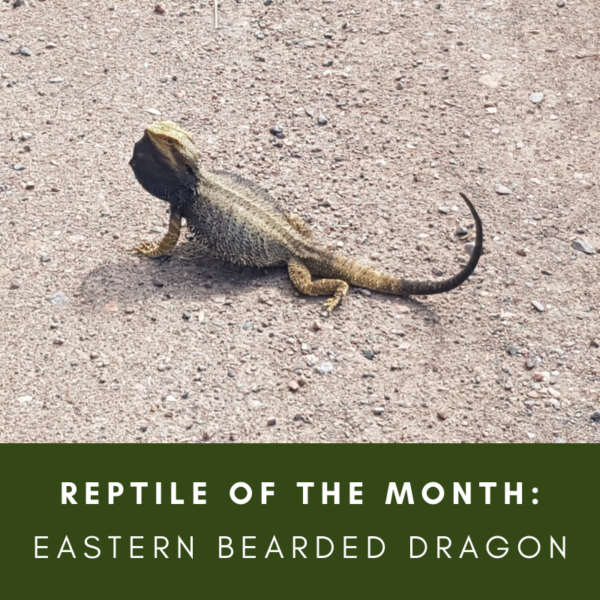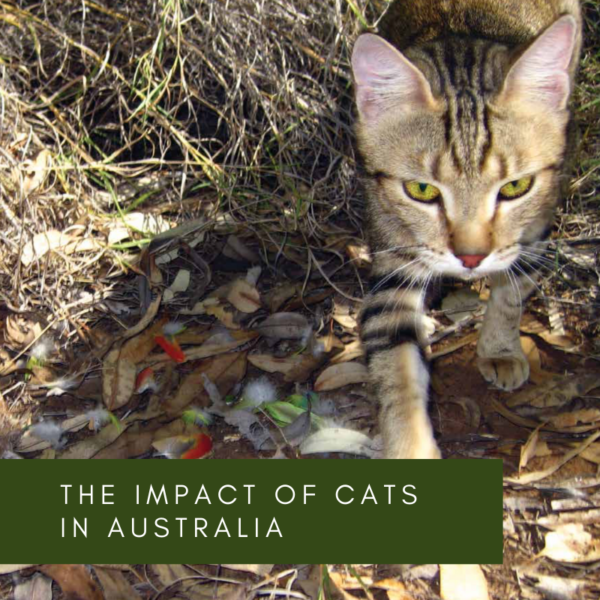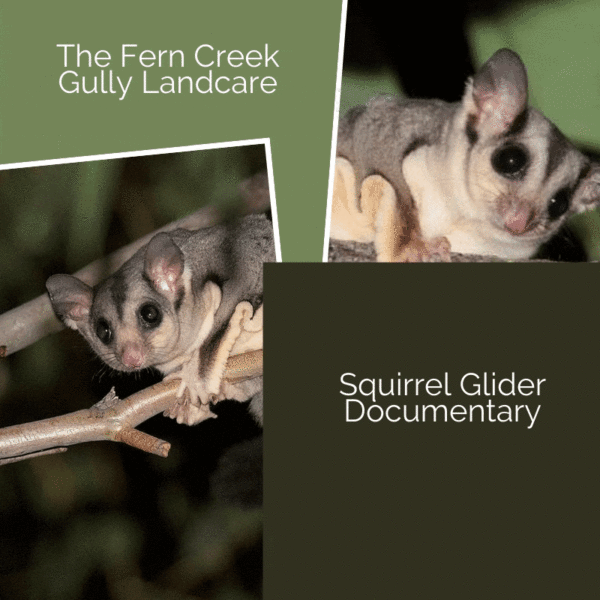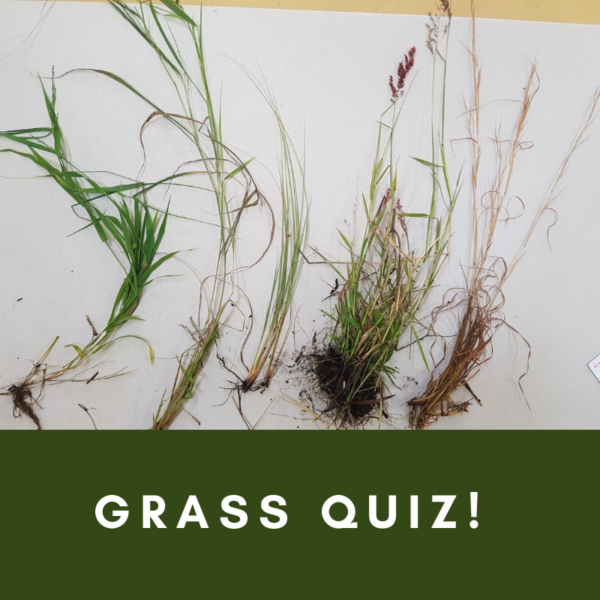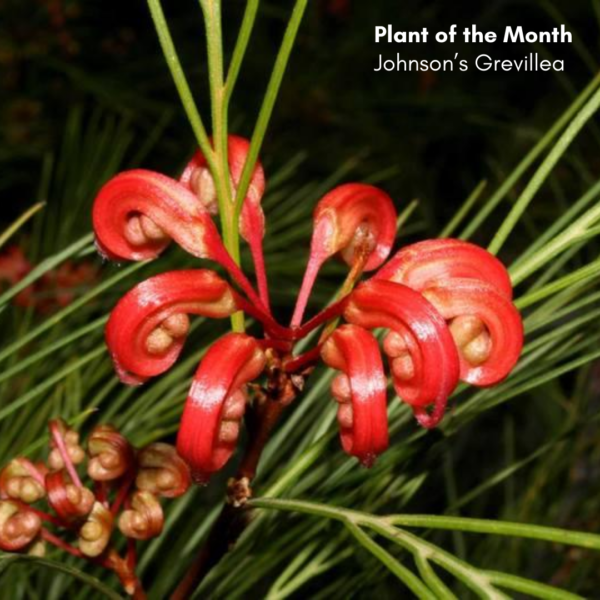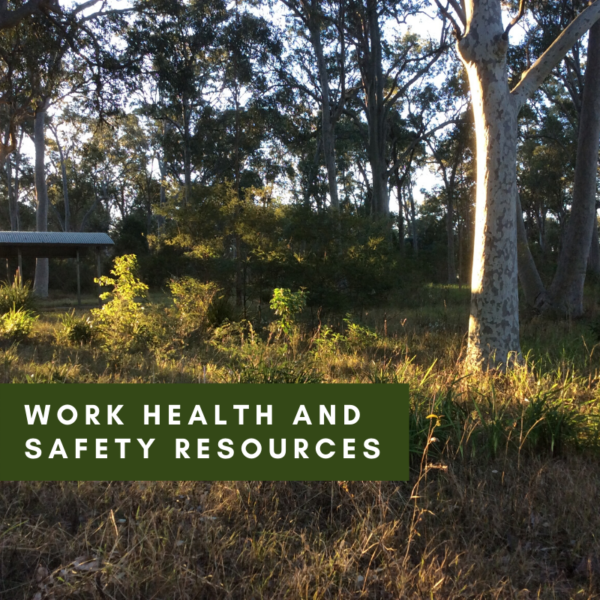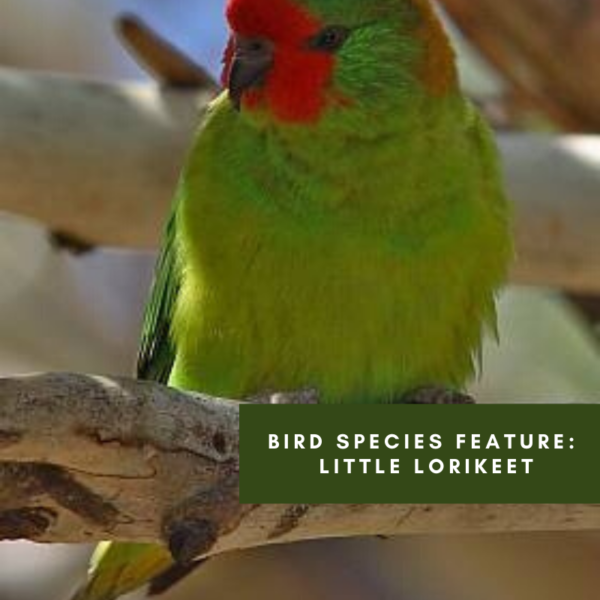Resources
Plant of the Month: Staying Muddy
Last month we were in the mud looking at mangroves, this month we’ll go slightly closer shoreward and take a look at what grows in the hypersaline environment of the Salt Marshes. Salt Marshes occur around the high tide zone, often in shallow depressions which fill on... read morePlant of the Month: Please don’t pull this one out
Another couple of plants which commonly get mistaken for weeds (and pulled out) is Flannel Leaf (Astrotricha floccosa). With a home range between Newcastle and Sydney it’s found in Dry Sclerophyll Forest on sandstone, unfortunately the leaves can have a strong... read moreFauna Feature: Joseph’s Coat Moth
Among the diverse moth species fluttering throughout the Hunter is the magnificently colourful Joseph’s Coat Moth (Agarista agricola), or painted vine moth. The name recalls a biblical story in which Joseph received a “coat of many colours” as a gift from his... read moreUnderstanding Nest Boxes
This informative video from Granite Borders Landcare can help explain the need for nest boxes in our changed landscapes and explain some of the complexities in choosing the right nest box for your site or property.... read morePlant of the Month – Of Serpents and Spinifex
Botanically the Hunter Region compares well with other regions of the world for diversity. Given our geographic location with the New England Fold Belt to the North and East and the largely sedimentary Sydney Basin to the South and West (with the Hunter-Mooki Thrust... read moreWoodland birds: Swift parrot feature
The Central Hunter Valley Woodlands and Eucalypt forests is a vegetation community that has been declared critically endangered since May 2015 (EPBC Act 1999). It is typified by limited undergrowth and a variety of eucalyptus species, including Box gums and Ironbarks.... read moreFauna Feature: The Pale-headed Snake
On the 16th of July the world celebrates snakes. There is no better place than Australia to increase awareness and introduce you to one of our slithering residents of the Hunter, the pale-headed snake (Hoplocephalus bitorquatus). Australia hosts 14% of the world’s... read moreWatch Your Step
When most people think of rare plants they think of large and exotic and hidden in the middle of nowhere. Oftentimes the rare ones can be found right under our feet, or in this case from London, just over our heads. “A rare species of orchid believed to have... read moreFauna Feature: The Green and Golden Bell Frog
At the Tocal Field Day, many of you expressed interest in rehabilitating ponds for frogs. So, this month, let me tell you about a fascinating Hunter resident, the green and golden bell frog (Litoria aurea). The green and golden bell frog is typically found in... read morePlants of the Month: That’s gotta be a weed?
Plant(s) of the Month: That’s gotta be a weed, doesn’t it? Well….. You know how it goes, you go wandering through the bush and see a plant which just doesn’t fit in, which just by the general look of it you just know it’s gotta be a weed. So you reach down and…. NO!... read moreFauna Feature: Koalas
On the 3rd of May Australia celebrates Wild Koala day. It is the perfect moment to raise awareness of the endangered koalas and their threatened habitat. For this occasion, we introduce you to the koalas of the Hunter (Phascolarctos cinereus cinereus) and a few facts... read moreDo trees (forests) really make rain? Or do areas with high rainfall grow forests?
You may have debated this topic at a dinner party, or maybe not… Either way, it is worth pondering. And perhaps planting. An expanding body of evidence supports the idea that forests, in the right conditions, not only make rain locally but also hundreds of kilometres... read moreFauna Feature: The Australasian Bittern
The Australasian bittern (Botaurus poiciloptilus) is a 75 cm semi-nocturnal, migratory waterbird found in Australia and New Zealand. It can be seen in the southeastern and southwestern coastal and sub-coastal areas of Australia. A lucky bird watcher has recently... read morePlant of the Month: Ribbon Gum
Twenty third of March is National Eucalypt Day so with that in mind it’s time for another gum PotM. This month’s PotM is the Ribbon Gum (Eucalyptus viminalis), there’s a couple of them growing near the bridge at Bunnan on the Scone-Merriwa Road, I’ve looked at these... read moreFauna Feature: Blue-banded bees
by Sebastien Doleac Blue-banded bees (Amegilla cingulata) are native to Australia and can be found all across the country except in Tasmania. Their size varies between 8 and 14 mm. Although blue-banded bees have a sting, they are not aggressive and present no danger.... read moreWeed of the Month: Khaki Weed (Alternanthera pungens)
I hate Khaki Weed, I really do, so much so that at one stage I had it almost eliminated from the footpaths of the small village I live in and despite my slackness over the past couple of years numbers are still low and just the other week had to spray the footpath... read morePlant of the Month: What’s in a name? Hard Quandong
(Elaeocarpus obovatus) Also known as Blueberry Ash, Whitewood, Grey Carabeen, Freckled Oliveberry and Grey Carrobeen, despite the plethora of names it is not related to the other Quandongs (Santalum spp.), Ashes (Mountain Ash, Red Ash, Claret Ash, Himalayan Ash) or... read moreWeed of the Month: Coolatai grass Hyparrhenia hirta
Regional Priority Weed Objective – ASSET PROTECTION An invasive drought, fire and herbicide tolerant tussock forming perennial grass. It is found in all Australian states and territories. The main infestations on the East coast were south-eastern Queensland,... read moreBird species feature: Regent Honeyeater
It’s been a big year for the Regent Honeyeater, and the captive bred birds released in the Hunter region this year are doing well and settling into a life in the wild, a significant step in protecting this critically endangered species. It’s the work of... read morePlant of the Month: Choccie Lily
Mmmm Chocolate (Lilies!) One of the most anticipated Spring arrivals in woodland and forest areas in this area is the blooming of the Chocolate Lilies (Dichopogon fimbriatus) not only for the attractive purple flowers but also for the chocolate scent they have. While... read moreBar-tailed Godwit
This species, listed as a Critically Endangered Shorebird of Australia, has been recorded flying 11,000kms across the globe non-stop! So when they reach the mudflats of our estuaries, they need lots of good food sources such as molluscs, worms and aquatic insects, and... read morePlantNET Search – Find your local plants
I’m giving away trade secrets here but apart from identifying plants one of our common requests is for species lists of what grows in an area, or what is suitable to plant in an area. Some areas we know quite well and will be able to give a reasonable list just off... read moreReptile of the Month: Eastern Bearded dragon, Pogona barbata
What a wonderful sign of spring! This little fella was sunning himself on the road- As I stopped to move him along out of harms way, he puffed out his beard and expanded his body by inhaling air, making him seem larger than life. I was respectfully warned and kept my... read morePlant of the month: Antarctic Beech, Nothofagus moorei
Every now and then I get the opportunity to wander through the cool, dark, damp Antarctic Beech forests of the high country up in the Barrington Tops. The Antarctic Beech rainforests are a Gondawanan relic showing little similarity to the surrounding Snow Gum and... read moreThe impact of cats in Australia
A recent research article by the Threatened Species Recovery Hub really woke me up to the devastating effect that cats (feral and pet cats) have on our native biodiversity.
read moreThe Fern Creek Gully Landcare Squirrel Glider Documentary
Toby Davidson’s wonderful documentary on our Squirrel Glider project and the great team and the great supporters that made it happen.
read more
